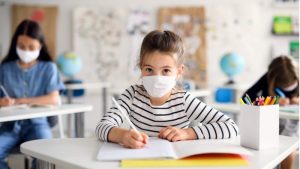While there are a lot of ways schools can tackle the issue of sustainability, many K-12 schools are utilizing technology – especially distance learning – to be more sustainable, according to a new white paper from Verizon.
Ohio University was forced to expand its online learning offerings during the COVID-19 pandemic; however, as the university is moving back to more in-person learning it is seeing key opportunities that online learning continues to offer students at Ohio University and elsewhere.
The Education Department released guidance this month which intended to provide strategies for the safe operation of higher education institutions, as well as address the impact of COVID-19 on higher education students, faculty, and staff. Among other issues, the guidance specifically addressed helping higher education navigate online learning in a pandemic and broadband and device access for students, faculty, and staff.
It has been one year since schools were forced to move from in-classroom learning to distance learning practically overnight. In the past year, schools have had to focus on digital equity, data security, and privacy concerns.
After the COVID-19 pandemic turned traditional classroom learning on its head and sent most to virtual learning, teachers view classroom technology more positively than in the past, an MDR survey found. While the survey indicates growth in adaptation, there are still concerns about the overall tech readiness of schools.
As with most schools, St. Patrick Academy had to pivot to remote learning this spring. Since then, the small catholic high school in Providence, R.I., has overhauled its classroom technology to improve the hybrid learning experience for students in the classroom and at home.







